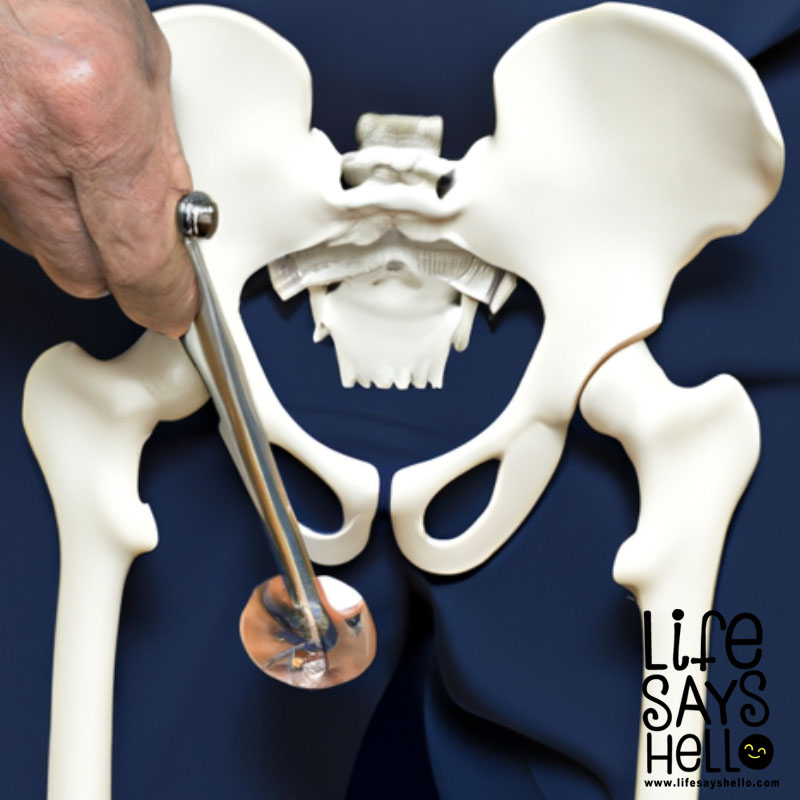Are 3D Ultrasounds Safe? A Comprehensive Guide for Expecting Parents

As an expecting parent, you may have heard about the exciting world of 3D ultrasounds, but are they safe? This comprehensive guide will help you understand their safety and what you need to know before booking your appointment.
Introduction
Becoming a parent is a thrilling journey filled with anticipation and excitement, especially when it comes to seeing your little one for the first time. With advancements in technology, 3D ultrasounds have gained popularity, offering a more detailed view of your baby than traditional 2D ultrasounds.
However, it's natural for expecting parents to have concerns about the safety of these procedures. In this comprehensive guide, we'll explore the safety of 3D ultrasounds and provide helpful tips for a positive experience.
What is a 3D Ultrasound?
Before diving into the safety aspect, it's essential to understand what a 3D ultrasound is and how it differs from the traditional 2D version. A 3D ultrasound is a medical imaging technique that uses sound waves to create a three-dimensional image of your baby inside the womb. This advanced technology allows for a more detailed view of your baby's features, such as their face, limbs, and organs.
In comparison, a 2D ultrasound creates a flat, black-and-white image of your baby that may not provide as much detail. While 2D ultrasounds are still the standard for prenatal care, 3D ultrasounds offer a unique opportunity to get a better glimpse of your baby's development.
3D ultrasounds are commonly used for a variety of reasons, including:
- Monitoring your baby's growth and development
- Detecting any potential abnormalities or health concerns
- Determining the baby's position and gender
- Providing a more accurate due date
- Strengthening the emotional bond between parents and their unborn child
Safety of 3D Ultrasounds
Now that we understand what 3D ultrasounds are and their benefits let's discuss their safety. Many studies and research have been conducted to determine the safety of 3D ultrasounds, and the consensus is that they are considered safe when performed by qualified professionals and used for medical purposes.
Several medical organizations, including the American Institute of Ultrasound in Medicine (AIUM) and the American College of Obstetricians and Gynecologists (ACOG), have stated that 3D ultrasounds are safe when used appropriately. These organizations also emphasize that ultrasounds should only be performed when medically necessary and by trained professionals.
When comparing the safety of 2D and 3D ultrasounds, there is no significant difference between the two. Both types of ultrasounds use sound waves to create images, and the intensity of these sound waves is regulated to ensure safety. The primary difference between the two is the way the images are processed and displayed, which does not affect safety.
Potential Risks and Concerns

While 3D ultrasounds are generally considered safe, there are some potential risks and concerns that expecting parents should be aware of. It's important to keep in mind that these risks are minimal and are often associated with improper use or overexposure to ultrasound technology.
Some potential risks and concerns include:
- Heating of tissues: Ultrasound waves can cause a slight increase in temperature in the tissues being examined. While this is usually harmless, prolonged exposure to high-intensity ultrasound waves may cause damage to sensitive tissues. However, this risk is minimal, and ultrasound professionals are trained to minimize exposure.
- Cavitation: This refers to the formation of small gas bubbles in the body's fluids due to ultrasound waves. Although this phenomenon has not been proven to cause harm, it's still a concern that researchers continue to study.
- False sense of security or anxiety: While 3D ultrasounds can provide valuable information about your baby's health, they are not foolproof. There is a possibility of false-positive or false-negative results, which could lead to unnecessary worry or a false sense of security.
It's essential to remember that these risks are minimal when 3D ultrasounds are performed by trained professionals and used for medical purposes. Many of the concerns stem from non-medical or "keepsake" ultrasounds, which may not follow the same safety guidelines and recommendations.
Tips for a Safe 3D Ultrasound Experience
To ensure a safe and positive 3D ultrasound experience, follow these tips:
Choose a qualified and experienced professional: Make sure your ultrasound is performed by a trained professional, such as a certified sonographer or a healthcare provider with experience in prenatal ultrasounds. This will help ensure that safety guidelines are followed and that the ultrasound is performed correctly.
Follow guidelines and recommendations: The AIUM and ACOG recommend that ultrasounds should only be performed when medically necessary and by trained professionals. Avoid non-medical or "keepsake" ultrasounds, as they may not follow the same safety guidelines.
Communicate with your healthcare provider: Discuss your concerns and questions about 3D ultrasounds with your healthcare provider. They can help you make an informed decision and provide guidance on when and how often ultrasounds should be performed.
Conclusion
In conclusion, 3D ultrasounds are considered safe when performed by trained professionals and used for medical purposes. While there are some potential risks and concerns, these are minimal when proper guidelines and recommendations are followed. As an expecting parent, it's essential to make informed decisions about your prenatal care, and discussing your concerns with your healthcare provider is a crucial step in ensuring a safe and positive 3D ultrasound experience.




Comments